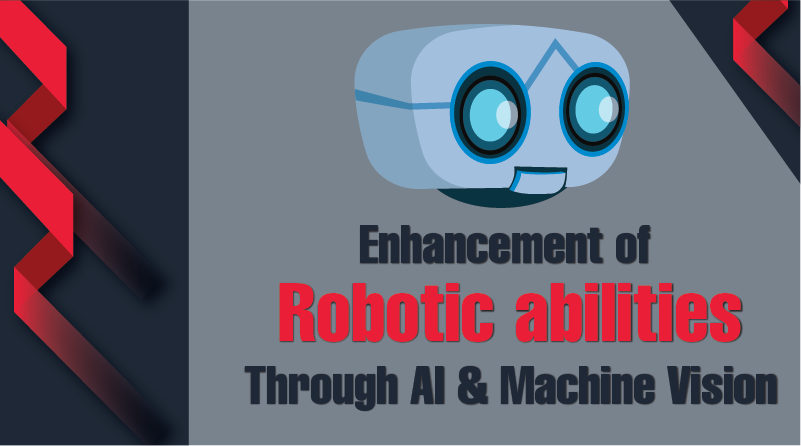Robots are now becoming a part of our system and their ability to mimic human functionality is growing at several levels thanks to Artificial intelligence and machine learning. These robots are used in situations wherein human intervention isn’t possible. One such instance is the warehousing environment which requires the latest machine intelligence and robotic manipulation to identify an object, pick it up and place it in a designated place.
MIT alumnus has pulled off this feat with the help of robotic piece-making systems. There have been innovative gripper designs assisted by AI and machine vision. The robots now have the capability to sort products and get the orders out. You will find that ordering online has become the new normal and people happen to order everything from online stores. When there are tens and thousands of orders to be processed in a day with 100,000 unique products stored in the warehouse, which are the sizes of ten to twelve football fields, it becomes a mammoth task. These robots cater to such needs that need precision and take less time for every delivery expectation.
The Reason Behind the Innovation
The creators have named their venture Right-hand Robotics and are into helping companies to transform their perspective in retail operations. The pandemic set the ball rolling for the online sector so much so that they had to find ways to deliver to a larger populace as well look into just-in-time fulfilment. The former could be achieved, but the latter situation needed to be worked on, especially with pharmacies, grocery stores and apparel companies to restock the items based on what’s been sold on the same day or week to improve the efficiency.
The use of artificial intelligence in this endeavour seals the deal for many needs that require improving the system, proving to be expensive and time-consuming for a single operation. When a higher level of scaling was needed, the robotic intervention was inevitable, albeit with changes that needed precision. Robots have learned new skills over time, and they have to be worked on the gentle part and work on the data feed in relation to the company’s fleet management software. The processing has to take care of the inventory moves and identify bottlenecks and quality problems that may be encountered.
The End Goal
The use of technology is to push limits by making the processes feasible, simpler, and streamlined. The initial workload will be to check on the performance of a single operation which eventually can be overhauled to put in an operational flow throughout the warehouse. The solution came through when the students of MIT thought of using machine vision and intelligent grippers to make piece-picking robots which already in existence adaptable to the warehouse-needed precision. The combo limited the amount of training put into the people who would run the robots and get the tasks done. Each machine would be equipped with better hand-eye coordination.
The method involved using suction with novel under actuated fingers. The robots have the flexibility to rely on suction cups or take the help of simple pinching grippers. A day may come to robotic solutions are employed everywhere with precision beyond this customized to every need.



